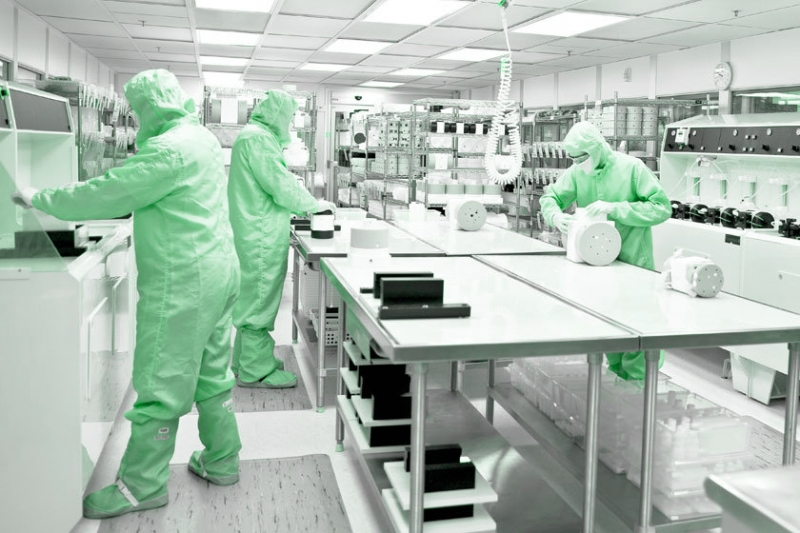If you’re controlling temperature and humidity very tightly, you want to use a recirculating system so that once you’ve conditioned that air you’re not letting it escape. The good thing about a single pass cleanroom is once you’ve purged the air out of it, you’re allowing that air to then recirculate through the surrounding area and actually serve to clean up that surrounding area. Essentially this amounts to taking a mini-environment and making it a larger environment. How you make the decision on whether to use a single pass and recirculating clean room depends more on the tightness or preciseness of the control of the temperature and humidity than it does on the tightness or control of the particle count.
It does, and actually in opposite ways. A single pass cleanroom is going to cost you less to construct because you don’t need that return air path, or that secondary containment, and you need secondary walls to do that. However, the problem with it is you cannot control the outside environment as well.
The outside environment in a single pass clean room influences your cleanroom more, therefore it can cause you to operate in a more costly environment (i.e. be more expensive to operate). As a result you have to consider those factors and determine what is more important: the upfront cost, or the operating cost.











